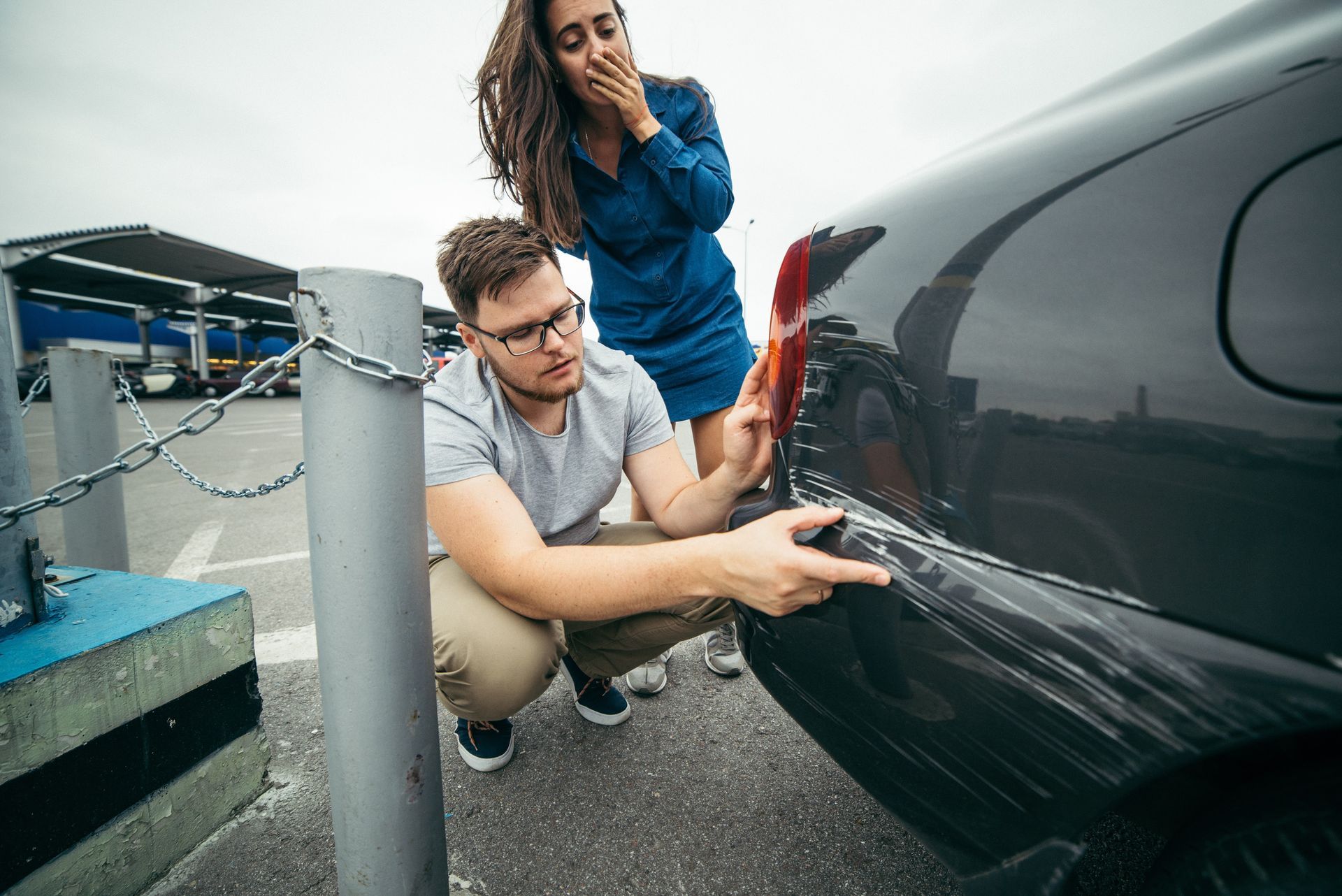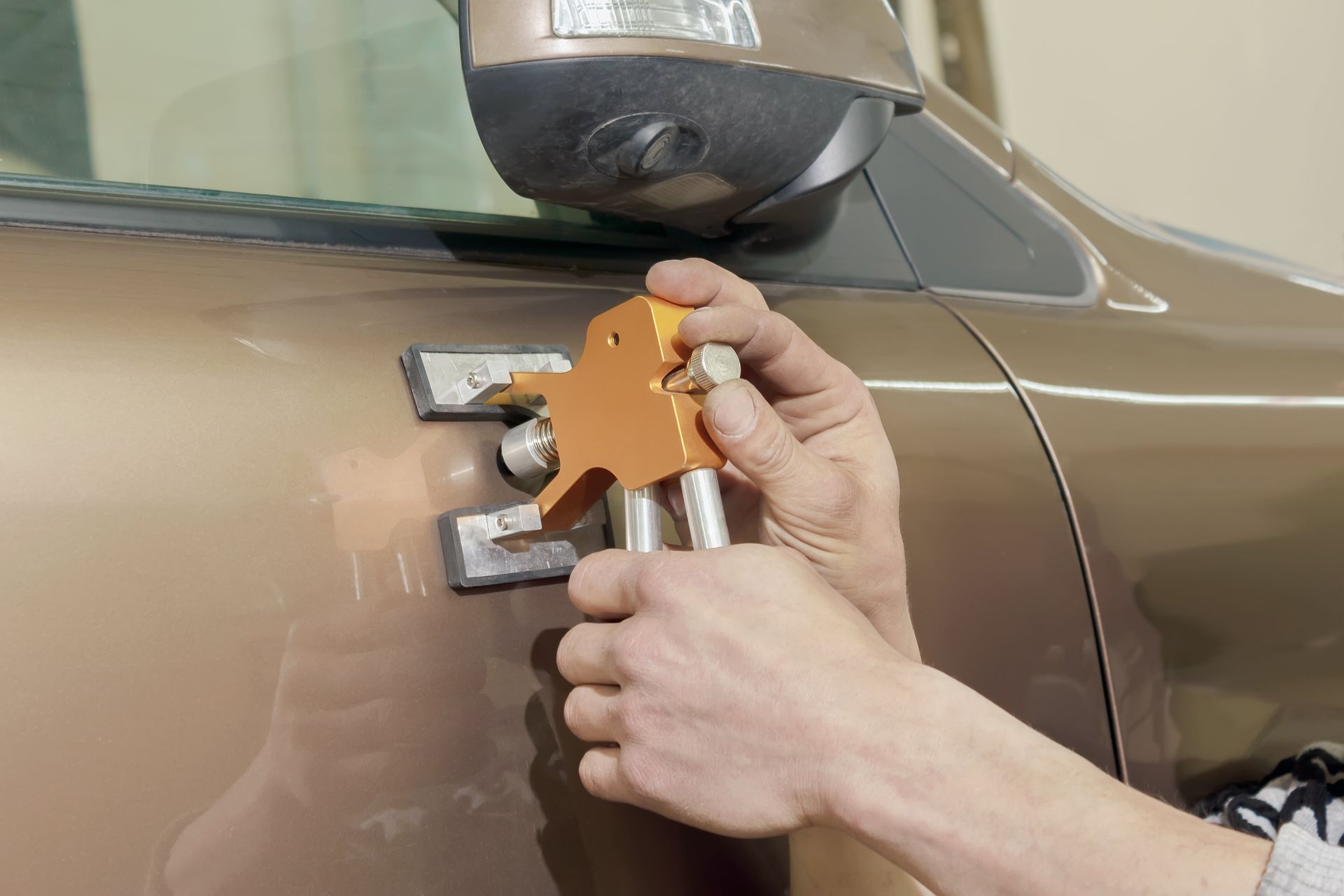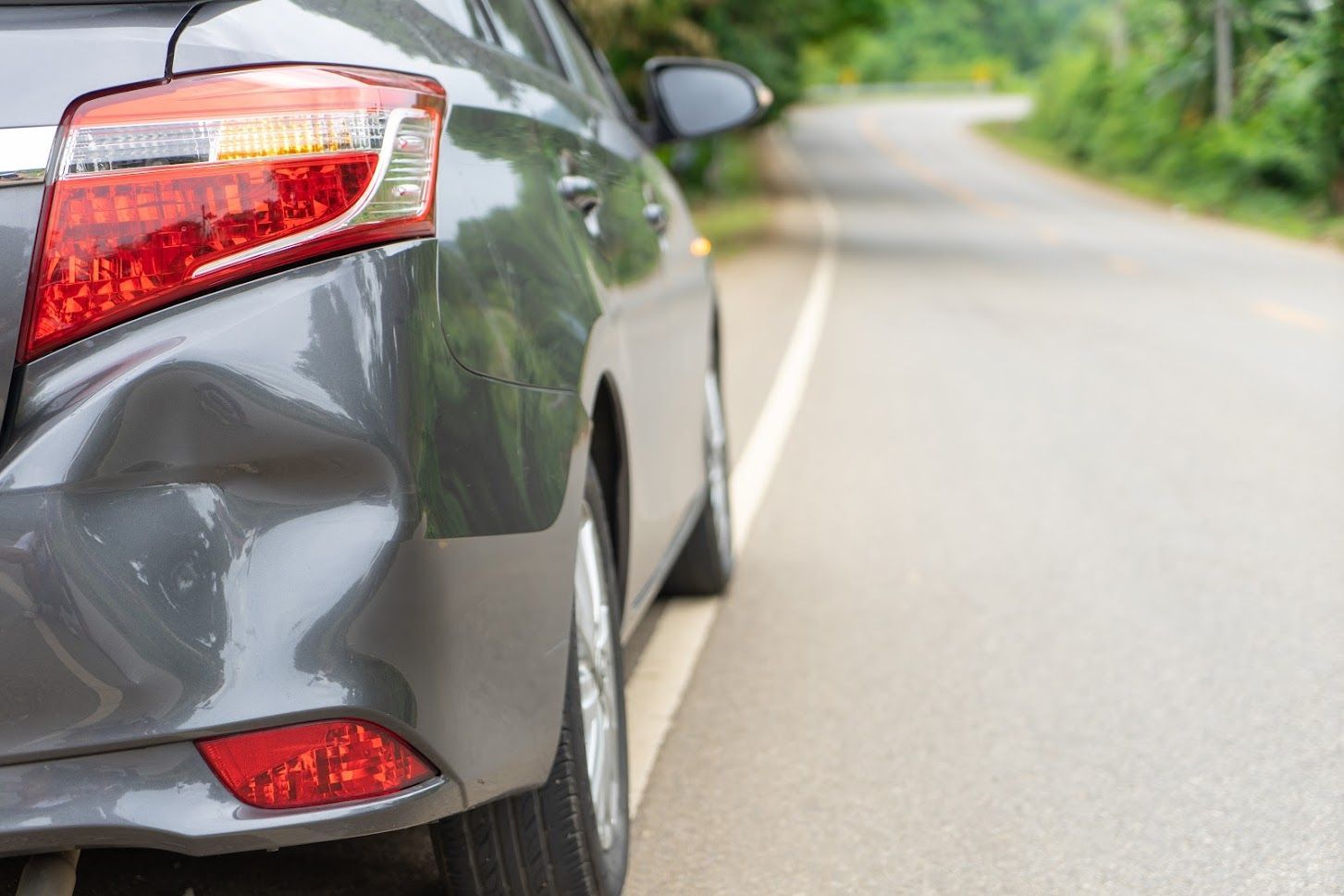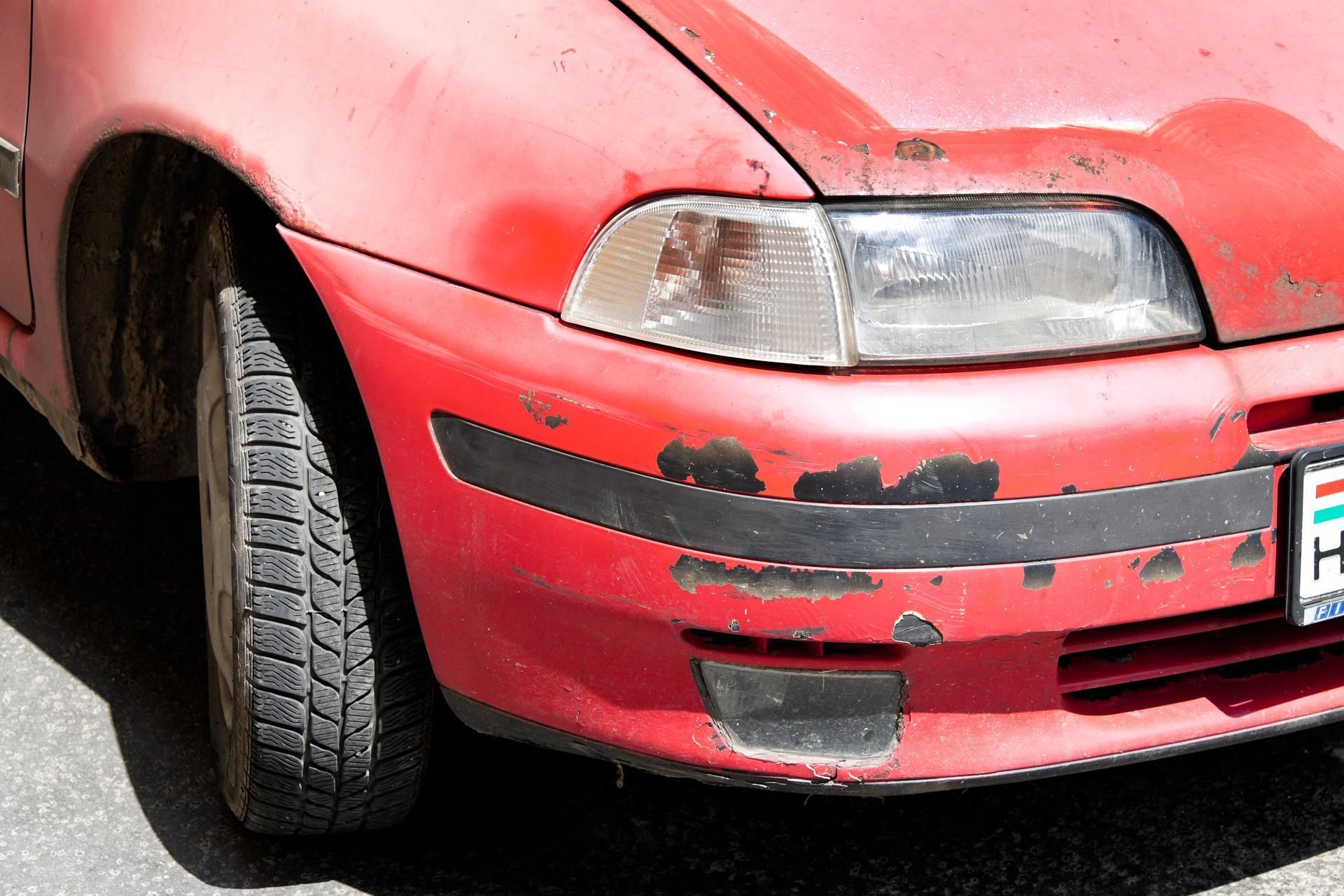5 Causes of Car Paint Damage
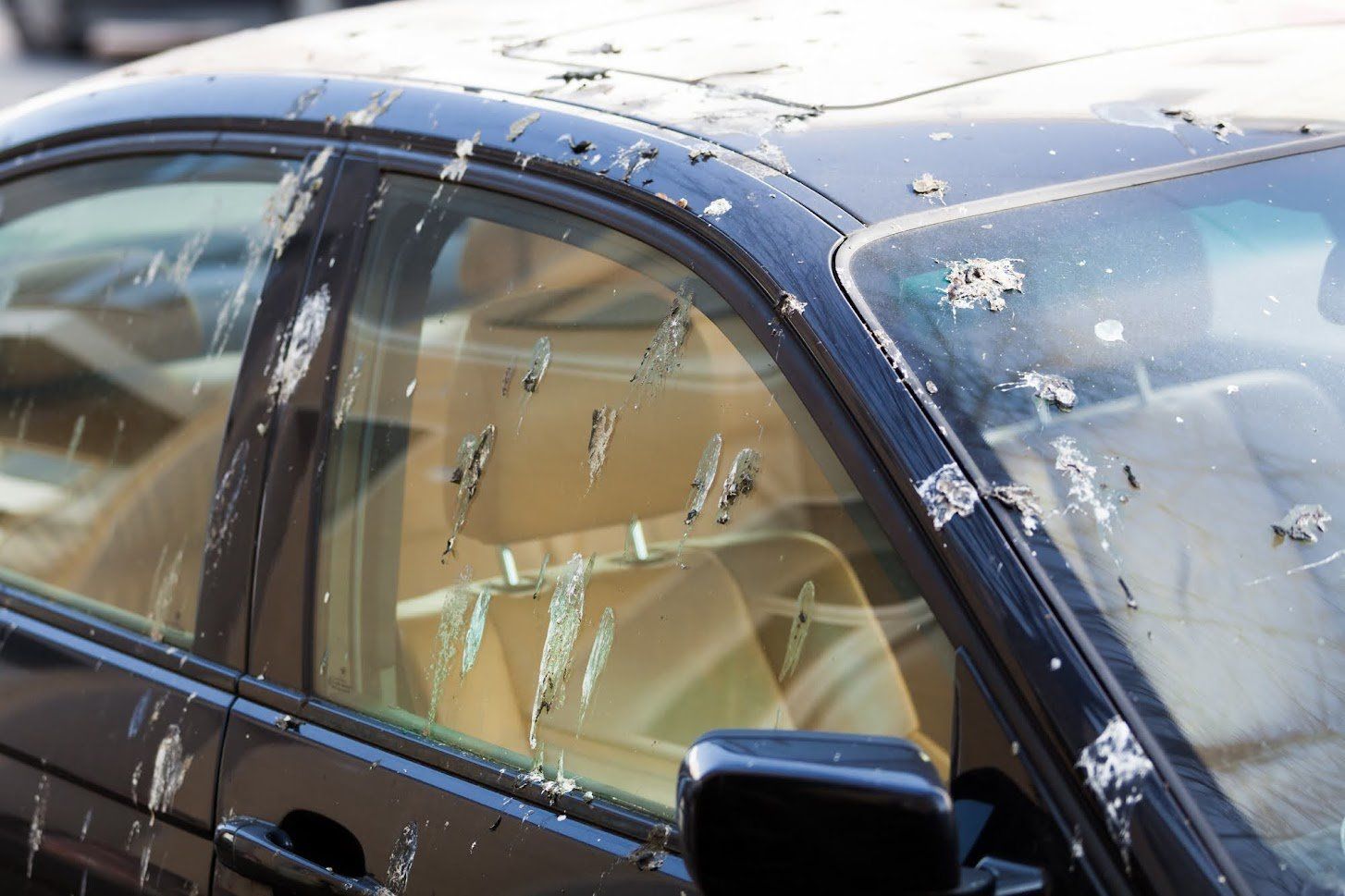
Car paint maintenance is essential since the paint improves aesthetics and protects internal car body layers from rust. However, you can only take care of your paint effectively if you know and avoid the threats to your paintwork. Discover five causes of car paint damage and how to mitigate them.
1. Tree Sap
You could be a typical victim of tree sap if you park under trees, especially those with broken branches. However, tree sap does not cause an immediate effect on your car's paint. Instead, the change is gradual and often worsens with increased exposure. The sap damages your paint's clear coat and results in stains and discoloration.
Hot summer temperatures bake the sap on your car. As a result, the paint damage process accelerates, and you may be unable to remove the sap easily. You can wax your car regularly to protect against sap damage if you live in a warm area. Finally, since water does not remove sap, you will need alcohol or other cleaning solutions to clean your vehicle.
2. Bird Dung and Bug Sputter
Bird dung is acidic and can react with and damage your car's paint. Also, when the sun hardens the waste, your car's metal and paint often expand and leave marks. Bird dung can cause permanent damage to your vehicle. So, don’t let bird dung rest on your car long enough to react with paint or dry off. Also, when you wipe out the excrement, do so gently so you do not leave scratches on your car.
Dead bugs on your car are common if you drive long distances. The acidic nature of the bugs' blood can damage your vehicle's paint and leaves blemishes. Often, dead, dry bugs are challenging to remove from your car. But, the longer you leave the bugs, the more your paint can corrode.
3. Dirty and Inappropriate Cleanup Accessories
The sponge, rags, and other linen used to wash your car sometimes can cause more harm than good. During the wash, the washcloths pick up dirt and particles from your vehicle. If you do not rinse the dirt off, the tiny particles rub over and scratch your vehicle's paint. You might not notice the damage at first, but with time and frequent use of dirty materials, the marks may become invisible.
Not all materials and towels are appropriate for your car's body. For example, some fabrics are rough and tear off the paint from your vehicle. The ideal linen to use on your car is a soft microfiber cloth.
4. Car Fluids
Car fluids like non-silicone brake fluid and gasoline can leave blemish marks and paint damage on your car. For example, if your brake fluid is non-silicone, a spill on your car can thin out the paint. Also, if you wipe without caution, the brake fluid can spread to nearby areas and cause further damage. Even though not all brake fluids cause paint damage, always absorb any spillage with an absorbent cloth.
Gasoline can also spill around your fuel cap after a refill or when your tank is full to the brim. The gas evaporates but leaves a stain on your vehicle's paint. While you can wax your car for protection, gasoline eats through the wax into your paint, so the wax buys time for you to act.
5. Acid Rain
Moisture from acid rain evaporates, but the acid remains on your car. The acid can accumulate and eat through or etch your vehicle's paint away. With the increase in concentration, the effects of the acid on your car's finish can worsen.
Since you cannot control acid rain, the ideal action is to remove the stains from your car. Products you can use to get rid of the stains include clay bars, dual-action polisher, finishing compound, and watermark remover. Since vehicles are different, you can request an expert to advise on the best product for your car.
Proper body maintenance keeps your car presentable and makes the paint last longer. Nonetheless, you will need paint repairs at some point in your vehicle's life. Whenever you need paintwork on your car, do not hesitate to contact Coats Auto Body & Paint.
Browse Our Website
Contact Information
Hours of Operation
- Mon - Fri
- -
- Sat - Sun
- Closed





